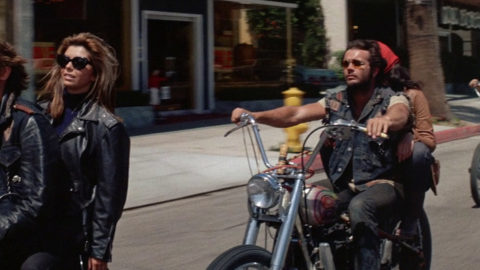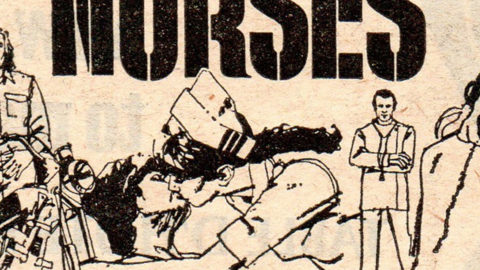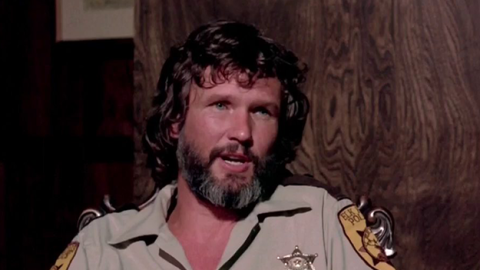By Nick Pinkerton in the September-October 2016 Issue
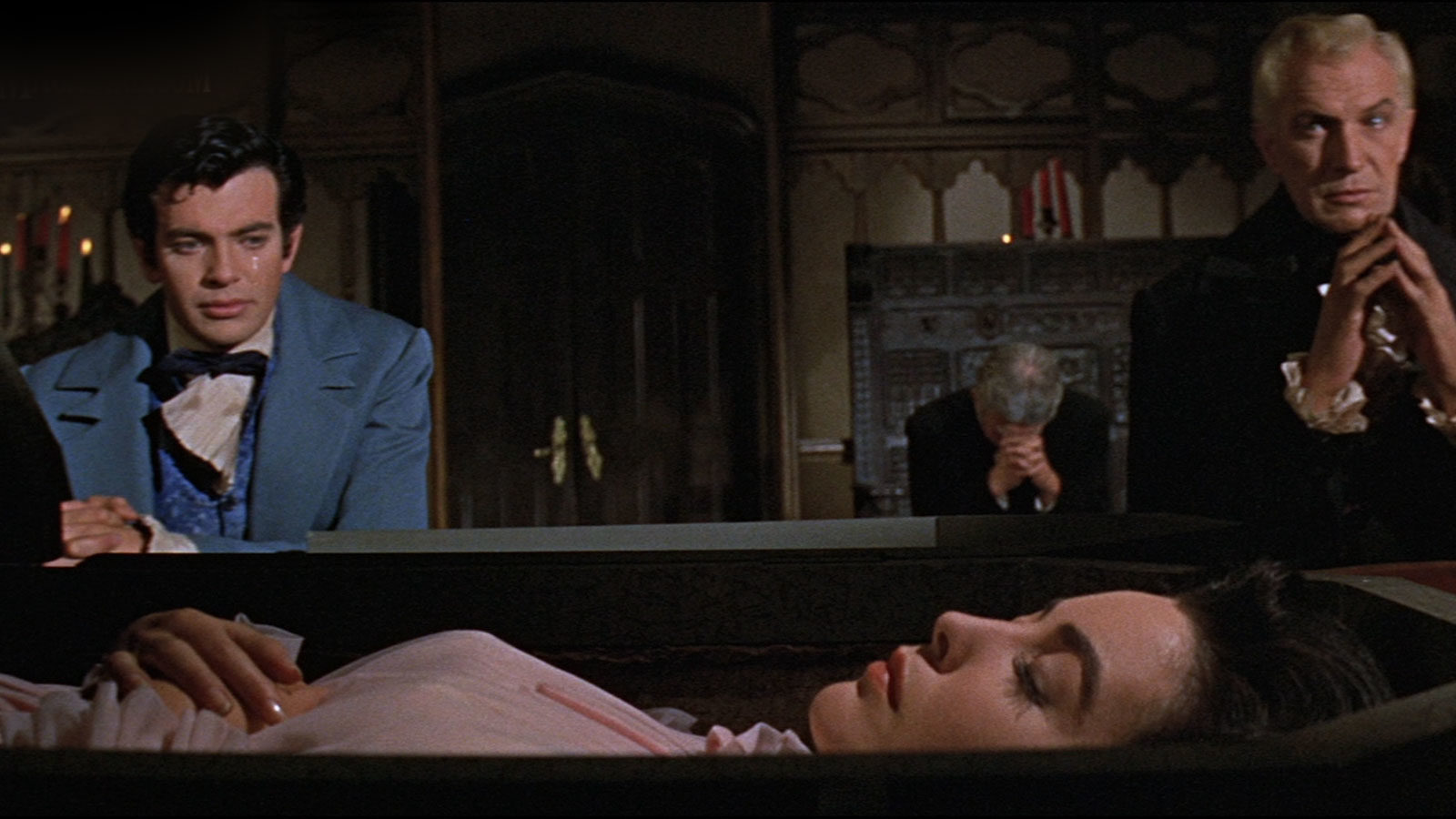
Directions: Roger Corman
Pennywise producer-director Roger Corman on getting it made
Roger Corman, 90, is a living legend—and a very busy man. When FILM COMMENT met with the producer/director/all-around-maven on the patio of his hotel in sunny Locarno, Corman was moments from introducing a screening of his 1962 low-budget anti-Klan drama The Intruder to a packed house, but he took a few moments with us to look back over the breadth of a career in which he directed more than a handful of classics, essentially built an incubator for New Hollywood talent; to promote his latest product; and to diagnose the current state of the industry. The results are as follows, laid out in Corman’s signature becalmed and genial fashion.
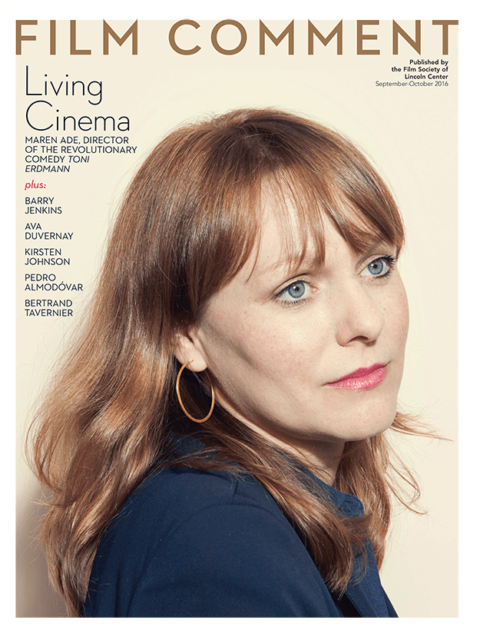
From the September-October 2016 Issue
Also in this issue
We’re in the midst of a very dismal summer for studio movies by almost any measure, and we’re seeing the disappearance of the kind of films that were, and are, your bread and butter, which is the mid-budget, middle-range genre movie. I look around and I don’t see much of a home for that kind of film in the multiplex, which is largely $100-million-dollar-plus tent poles. I thought it would be interesting to get your perspective on the state of the industry right now, as we see the business model of your entire career ignored by studios.
For one thing, [a film I made] in the 1970s, Death Race 2000, I’m remaking it as Death Race 2050 for Universal. That will come out in January—we’re in post-production now—but it will come out for DVD, Netflix, and so forth. It will not go in the theaters, and that’s an example, I think, of what is happening to the genre film of medium budget. The $100- and $200-hundred-million-dollar films are dominating the box office so much that there is no space, or very little space, for the independent films. Every now and then an independent film will come through and can do some business at the box office. So the genre is not completely dead, but it’s been heavily damaged.
I’d like to talk a little bit about how you started out. I know you had an engineering background—to what degree might having that hard physical sciences background have influenced the way you approached filmmaking? Do you think that was something that gave you a different perspective coming into the game?
It gave me a slightly different perspective. When I started in films I started as a messenger at 20th Century Fox, but when I really got going I started as a writer, so I was already away from engineering. When I became a producer and a director, the engineering background helped me a little bit in planning, and setting up the schedule, and a number of things that you learn in engineering. If you’re going to build a bridge, you set up a schedule and plan and a way to build it, and that can carry over to a certain extent to film.
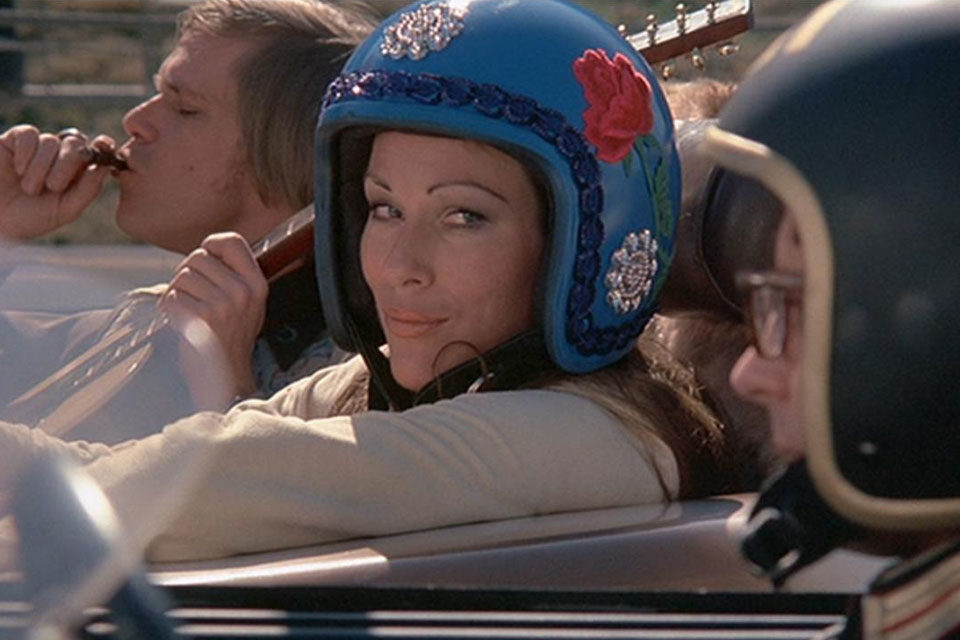
Death Race 2000
When you started you were, to a rare degree, somebody who thought about the issues of commerce and art, and how they interplay in motion pictures. What kind of career were you imagining for yourself when you started in motion pictures? Did you ever think you would become an art-house-type director?
Actually, I knew very little about the actual making of films. I wrote a script called The House and the Sea and asked the producer I sold the script to if I could work for him—because I worked for him for nothing—and learn how a picture was made. Incidentally, he gave me an associate producer credit. So I learned and watched on the set to find out the way in which it worked. I didn’t have the benefit of theory, or film school, or anything like that. I just wrote the script and then I saw the nuts-and-bolts of the production.
In your career you’ve combined two aspects that we tend to think of as separate: the producer brain and the director brain. The producer-director was still a rare bird when you got going in the 1950s, though you did have examples like Otto Preminger.
Well, I started as a writer and then I became a writer-producer. I produced two films and I watched what the directors were doing and I simply said: “I can do that.” So, I just took over on the third film that I produced and started directing. I watched the two directors and saw what they were doing. I looked to other films and studied them, the way the shots were laid out and so forth, and taught myself to direct.
Were there any particular models that you homed in on?
Probably the usual ones that everybody would say: John Ford, Howard Hawks, Alfred Hitchcock.
Having had your own mentorship period, you yourself would go on to foster an incredible variety of talents. Helping give people a leg up in the industry has always been a priority for you.
What happened was that my films were doing very well, and I was making a fair amount of money, and I had to invest it. I don’t really know much about the stock market, or real estate, but I know something about films, and being a young guy in Hollywood I knew other young people. I thought the best thing I could do was finance some young writer-director-producer who I thought was good. The first one I did was a picture called Stakeout on Dope Street (58), which was the first picture of Irvin Kershner, who was a documentary filmmaker, and that did very well. The second one, Francis Coppola was my assistant, and I financed his first film. Then, when I started my own company, I stopped directing at that point and went back to producing, so I needed young directors, and I made a point at that time to try to develop them by starting people in certain areas. Maybe give an editor, or a writer, or somebody like that a chance to be a second unit director, and then move up to director.
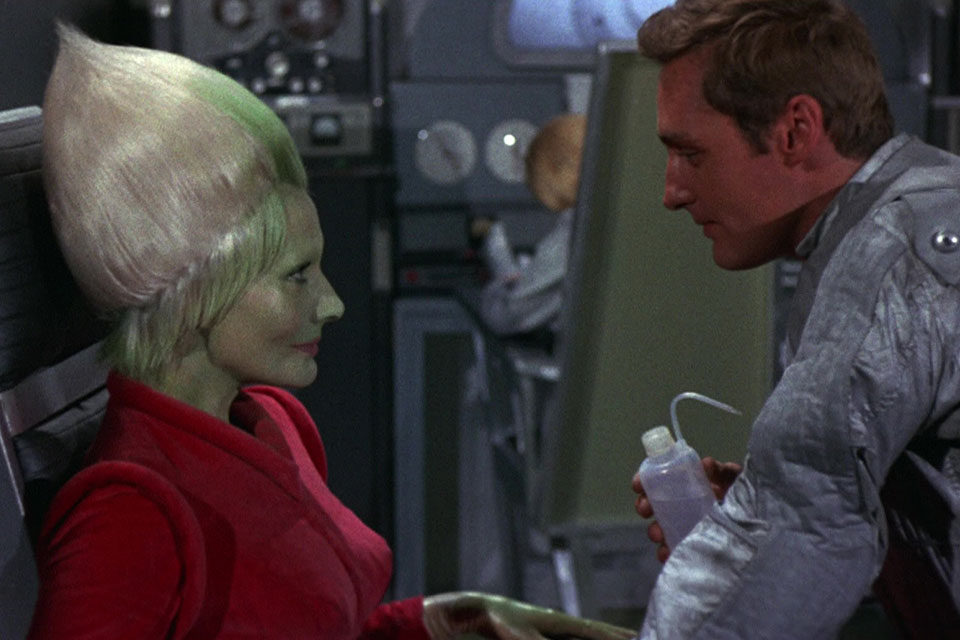
Queen of Blood
It’s a difficult hypothetical, but is there any equivalent to the entry you made into the industry today, or what would the equivalent be for an aspiring young Roger Corman in 2016?
It’s easier in one way and more difficult in another. It’s easier to make a film. The equipment is lighter, more portable, and by not having to spend a lot of money on film, or a lab, you can save money. So, you can make a film more efficiently for less money, and making the film is easier. The distribution is much tougher. When I started out, any decently made film would automatically get a theatrical release. Today, most low-budget and even medium-budget films do not get a theatrical release. So, the distribution is more difficult today. Netflix and that type of Internet distribution seems to be the way, at the moment, that low-budget and even medium-budget films will get their distribution.
Netflix uses very sophisticated algorithms to determine what it is their subscribers want to watch and keying the kind of programming that they do to the results of that research. In a way, 60 years earlier at AIP, you were working along the same lines, polling teenage audiences and trying to figure out what would put people in the theaters.
The main thing is we were appealing to a young audience. Something I noticed with major studios is that you had a 50-year-old leading man with a 40-year-old leading lady. They were stars, and it had taken them years, and they would sell the picture, but the audience was young and the people playing the leads were the age of their parents. So I made a specific attempt to appeal to a young audience. I had a choice, particularly with actors, of going with older actors who weren’t really stars because I really couldn’t afford them, or go with young actors who were unknown because I thought they would appeal to the audience.
Your cycle of monster movies in the middle and late ’50s, or the biker pictures and the counterculture movies that you made, you can see how these are pitched to the younger audience, but some of your best-loved films are from your Edgar Allan Poe cycle, which doesn’t make sense from that perspective. It’s the opposite of what you were just talking about. It’s an old established star in Vincent Price, and there’s nothing sexy or hip on the surface about Edgar Allan Poe.
What I was trying to do was bring back the concept of the gothic horror film, which was not original to me, obviously. But that type of film had fallen out of favor, so for a young audience it was a new type of film, and I felt that would appeal to them. And always with Vincent playing the lead, it would be a young man and a young girl playing the second leads, so we did have the name and the stature of Vincent, but we would have a young leading man and leading lady in their twenties to appeal to a teenage audience. So I was trying to get it both ways. And I simply wanted to do The Fall of the House of Usher.
Can you talk about your transitioning out of AIP and the starting up of New World and what led you there? Was it simply the desire to be the captain of one’s own ship?
It was a couple of things. It was the desire to be the captain of my own ship, but also there’d been some problems. The Wild Angels, which was the first of the biker films, was a huge success. I was told it was the most successful independent film ever made, but it didn’t hold that title for very long because Easy Rider broke my record. But at any rate, it did extremely well, so well that AIP put Jim Nicholson and Sam Arkoff, who were my friends and I trusted them totally, [in charge of my films], but it was clear there was some juggling of the books on the profit participation. And also, they were starting to cut the films after I made them. In the ’60s, I was of the radical group and they were getting older, and they were going more conservative as I was becoming more radical. So there was a problem with the profit participation and there was a problem with them cutting my films after I’d finished them, and I just felt, okay, I want to have my own company.
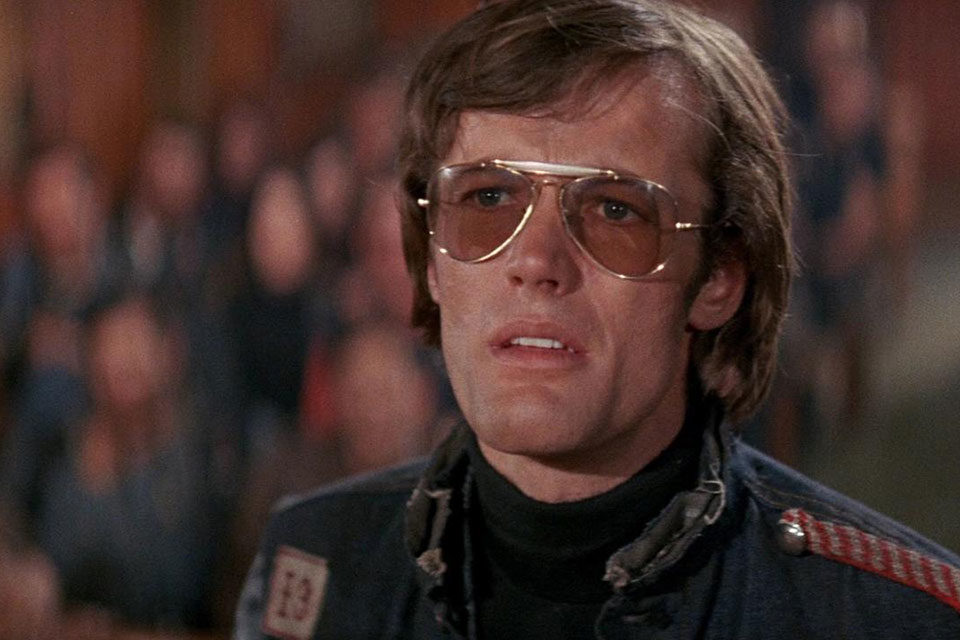
The Wild Angels
Also around this period, in the late ’60s, you had your one studio filmmaking experience, The St. Valentine’s Day Massacre. Was there a thought for a moment that you might try to go that route, to be a big studio director?
There was, and I got along well with everybody at Fox, but there were certain controls and casting thoughts that I had to go along with, and I realized if I was working with a major studio, unless I was a star director like Hitchcock or Ford, I was subject to certain decisions. And I just felt I’m better off having my own company and I’ll make my own mistakes.
When you were working at the top of the heap at New World, you were dealing with all of these young talents—many of whom have gone on to very storied careers—who were then fresh out of film school and full of all these big ideas. You were the person who had to rein things in and keep the bottom line in mind. How did you walk that tightrope?
Weirdly enough, that was never a problem. They understood, because I was younger than the normal studio executive, and I’d been at various times a writer-director-producer myself. There was never a real problem during almost the entire length of New World, particularly the first 20 years or so. I got along well with the guys and a number of women. I had really a surprising number of women producers and directors.
And the track record speaks for itself. Last question, Roger: how do we save the film industry?
The film industry will always exist, but it will no longer be the film industry. It will be digital or possibly virtual reality, or holograms. I think of it as an industry, a business, and an art form. Today, the business end of it has become more powerful than the art form. I think what we need to save it—although it’s making real money and it’s not in real trouble—to reinvigorate it is to remember this is an art form as well as a business. You can’t continually spend $100- or $200-million dollars on a superhero picture. You’ve got to at least let some films come through that are closer to art.
Nick Pinkerton is a regular contributor to Film Comment and a member of the New York Film Critics Circle.



